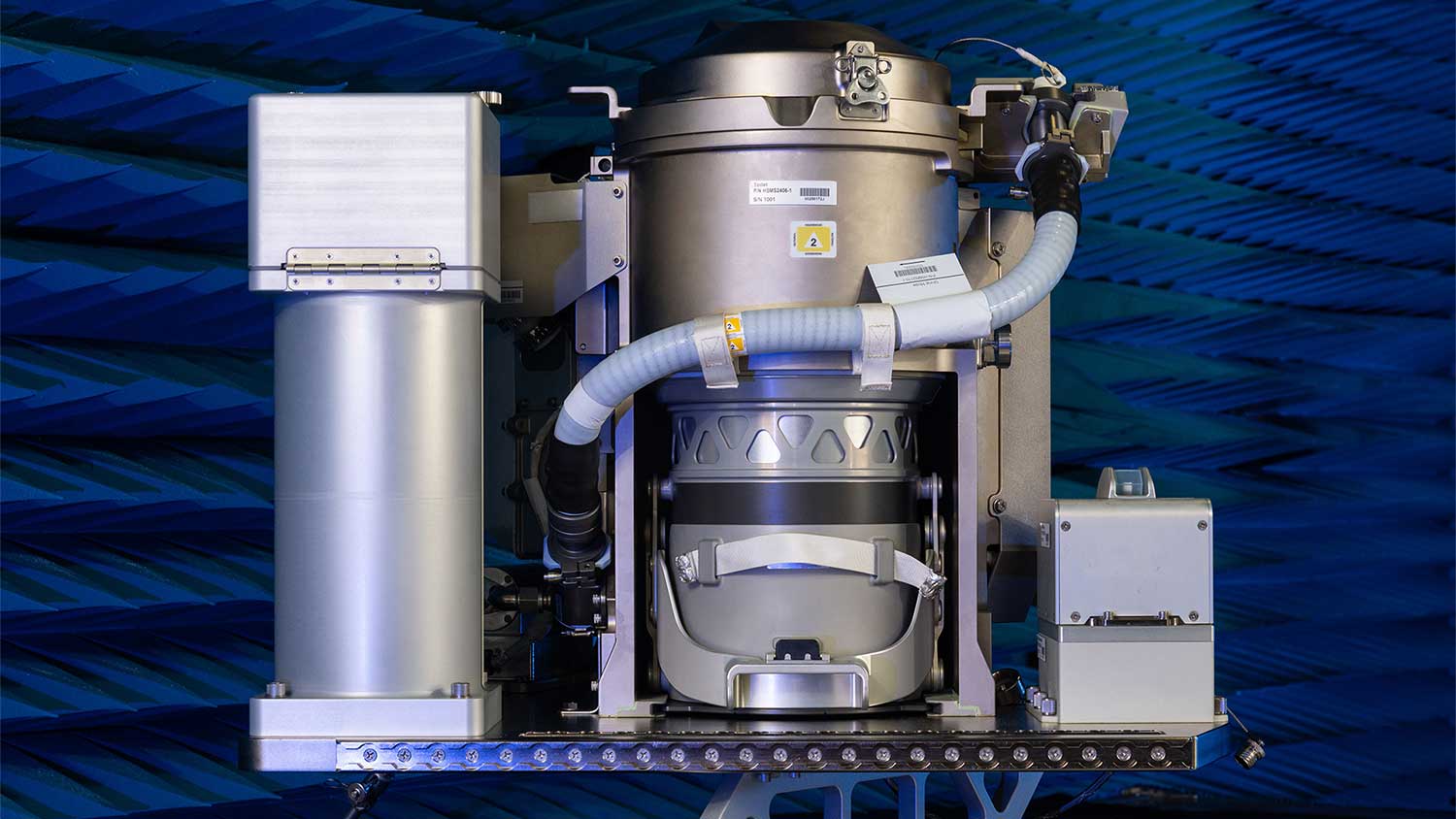10 Toilet Facts That’ll Make You Appreciate Your Commode More
Take some time to appreciate your toilet in all its glory


Flushing toilets were invented by the godson of Elizabeth I.
Toilets prevent disease and malnutrition around the world.
The modern commode accounts for about a third of indoor water use in homes.
The word “toilet” has roots in French.
While your toilet is a normal part of your everyday life, it deserves some recognition for all it does. Toilets are part of a sanitation system that keeps you healthy and your water clean. Commodes do a lot for you daily, so take some time to treasure them with these surprising toilet facts.
1. The First Flushing Toilet Was Invented in 1592
The British Association of Urological Surgeons names Sir John Harrington, the godson of Elizabeth I, as the inventor of the first flushing toilet. He made one for both himself and his godmother. However, the toilet needs some work. Less odorous toilets came around in 1775, when Alexander Cummings made an S-shaped pipe and placed it under the toilet basin.
2. The Average Person Uses the Toilet 2,500 Times per Year
That amounts to six to eight times daily, according to the World Toilet Organization. After knowing this toilet fact, you might want to start cleaning your bathroom daily.
3. Toilets Prevent Disease
According to humanitarian aid organization UNICEF, diseases and parasites spread quickly without toilets. More than 750 children under the age of 5 die from diarrhea from poor sanitation and hygiene. Toilets also prevent malnutrition as a result of diarrhea, making them important for keeping children around the world healthy.
4. 60% of the World Doesn’t Have Access to Functioning Toilets
UNICEF reports that about 60% of the people in the world don’t have a working toilet, which is 4.5 billion people. Many of those without a working toilet live in rural areas in places like Southeast Asia. In place of a modern toilet, people use outhouses or go to the bathroom outdoors.
5. The Most Expensive Toilet in the World Costs $23 Million

Our next toilet fact comes to us from outer space. Called the Universal Waste Management System, this astronomically expensive toilet is for astronauts at the International Space Station. The toilet uses advanced technology that takes water out of waste and purifies it for drinking. While much like space commodes used before, this new design automatically flushes.
6. Toilets Use a Lot of Water
According to the Environmental Protection Agency, toilets account for almost 30% of all water used indoors in an average home. However, if you install a water-saving toilet, you and your family can reduce your water use from toilets by 20% to 30%. It’s an easy way to lighten your water usage and your utility bills. Leaks from your toilet also contribute to water usage, so consider hiring a plumber near you if yours needs to be fixed.
7. Flushing a Toilet Costs About a Penny
The average cost of flushing your toilet is about 1.3 cents, as found by the U.S. Department of Energy. That means flushing your toilet less doesn’t save a significant amount of money, though it might save some water. You can also save more per flush by making your toilet more efficient.
8. One of the Most Expensive Toilets You Can Buy Costs $19,000
The luxury toilet is made by Toto, a Japanese toilet company, and it features a night light, heated seating, and an air deodorizer. It even has a remote control so you can operate it from the comfort of your toilet seat.
9. Flushing the Toilet With the Lid Open Spreads Bacteria
It’s safer to leave the lid down when you flush the toilet. A study from the National Institutes of Health found that when you leave it up, your toilet creates a spray filled with microscopic bacteria called “toilet plume.”
The bacteria stay in the air for six hours, touching items like your toothbrush, towels, and personal products. This is definitely one toilet fact you’ll never be able to forget.
10. The Word “Toilet” Comes From a French Word
According to dictionary publisher Merriam-Webster, toilet comes from the French word “toile,” which means “cloth.” Over a few centuries, the word was eventually borrowed in English, becoming “toilet.”





- Gas Plumbers
- Plumbing Repairs
- Sump Pump Installation
- Wood & Pellet Stove Repair
- Shower Repair
- Wood Stove Services
- Emergency Plumbers
- Fire Sprinkler Contractors
- Perc Test Companies
- Toilet Repair & Installation
- Boiler Repair
- Sewer Line Repair
- Faucet Repair
- Main Drain Camera Companies
- Foundation Drain Installation
- French Drains
- Bathtub Replacement
- Subcontractors
- Storm Drain Contractors
- Affordable Plumbing
- Plumbing & Heating Companies
- Bathroom Repair Services
- Sink Installation
- Commercial Plumber
- Barndominium Builders
- Water Line Repair
- Faucet Installation
- Water Line Installation
- Leak Detection
- 12 Types of Toilets to Upgrade to in Your Bathroom Remodel
- Who Should You Call to Replace a Toilet?
- 6 Ways to Unclog Your Toilet Without a Plunger
- 9 Tips to Reduce Your Toilet Water Usage
- How a Toilet Flushes: Find Out What Happens After You Flush
- 7 Best Tips for Cleaning a Toilet
- A Total Guide to Toilet Dimensions and How to Measure for Your Space
- Why Is My Toilet Making Noise After Flushing? How to Diagnose a Finicky Toilet
- How to Unclog a Toilet: 8 Different Methods
- Why You Should Avoid Drop-In Toilet Cleaners















